What Is a Power MOSFET?
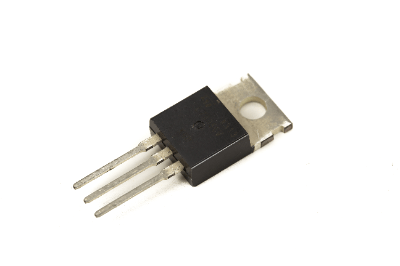 Power MOSFET is a generic term for MOSFET devices for high-power applications. MOS stands for Metal Oxide Silicon.
Power MOSFET is a generic term for MOSFET devices for high-power applications. MOS stands for Metal Oxide Silicon.
In the past, bipolar transistors with base, collector, and emitter terminals were the main switching devices. In comparison, MOSFETs have faster switching speed, lower voltage, and lower on-resistance, enabling low-loss operation.
Uses of Power MOSFETs
Power MOSFETs can be used as a substitute for bipolar power transistors in circuits that conventionally use bipolar power transistors. In particular, Power MOSFETs have lower switching losses than bipolar power transistors.
The high on-resistance and low breakdown voltage of MOSFETs and the difficulty of applying them to high-power circuits have all been overcome by recent technological innovations such as the planar-gate double diffusion structure, trench gate structure, and super junction structure, and now power MOSFETs have become the most popular power transistor in the world.
MOSFETs are now the mainstay of the power transistor world.
Principle of Power MOSFET
Power MOSFETs, by their very principle, operate only with a large number of cores (electrons for n-type transistors and holes for p-type transistors). Therefore, they are not affected by the minority carrier like the bipolar type, which has been the mainstay of power transistors in the past. Fundamentally, they have a higher input impedance than junction-type FETs, so recent Power MOSFETs are more difficult to break than conventional ones.
Power MOSFETs can be broadly classified according to their gate structure and drift layer structure, and the three major structures that have prevailed in recent years are described below.
1. D-MOS Double-Diffused MOSFET Structure
This structure achieves high breakdown voltage by double-diffusion channel formation, resulting in a high-performance Power MOSFET with high integration, low ON-resistance, and low loss.
Specifically, in the case of an N-channel MOSFET, a low-concentration p-type layer and a high-concentration n-type layer are formed by double diffusion on an N-substrate epitaxial layer.
P-channel MOSFETs are also available, but the mobility of holes is smaller than that of electrons, resulting in higher on-resistance and degraded characteristics.
2. Trench Gate Structure
The trench gate structure is a U-groove gate structure in which the channel is formed vertically to achieve higher integration and lower ON-resistance. However, this structure is used for low-voltage Power MOSFETs.
The unit cell area is reduced by U-grooving the gate.
3. Super Junction Structure
This is currently the best Power MOSFET available, except for the change in substrate material. The periodic vertical p/n structure called super junction is formed in the drift layer to achieve ultra-low ON-resistance below the silicon limit of conventional Power MOSFETs.
Other Information on Power MOSFETs
Scope of Use of Power MOSFETs in the Market
Power MOSFETs are used in high-power power supply applications at relatively low cost due to their low cost and high reliability on silicon substrates. However, when it comes to high-power power supply applications that handle several kVA, the on-resistance increases to several ohms, which significantly increases losses and takes them out of the usable range.
Currently, the semiconductor devices mainly used in this area are IGBTs (Insulated Gate Bipolar Transistors) or SiC Power MOSFETs, which are used in combination with bipolar transistors to suppress the increase in on-resistance in the high-current region of MOSFETs.
The SiC power MOSFET is a power MOSFET with a bipolar transistor and a SiC power MOSFET.
SiC Power MOSFETs are characterized by the use of SiC compound semiconductors, which are wide bandgap crystals, as the substrate material, and by the dramatic improvement in breakdown voltage. MOSFETs are used for high power and high speed switching power supply applications at several 100KHz.
IGBTs are not suitable for high-speed switching power supplies due to their device structure, while SiC Power MOSFETs are used because of the relatively high cost of SiC substrates (due to wafer size limitations and other factors). Nevertheless, Power MOSFETs on silicon substrates, which are relatively inexpensive and easy to use, will continue to be used in the mid- to low-power range, with improvements in characteristics and cost, unless new devices emerge that can replace them.
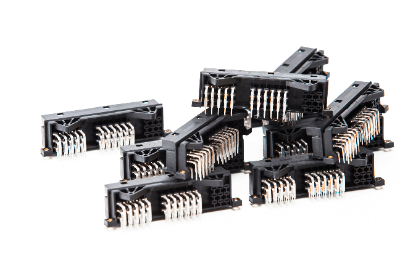

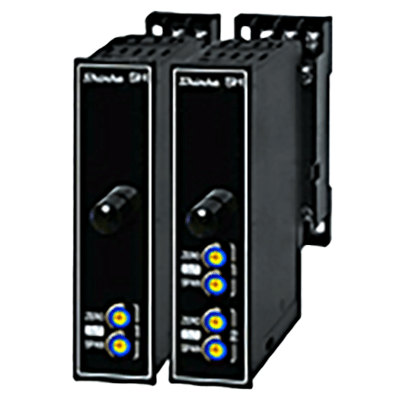
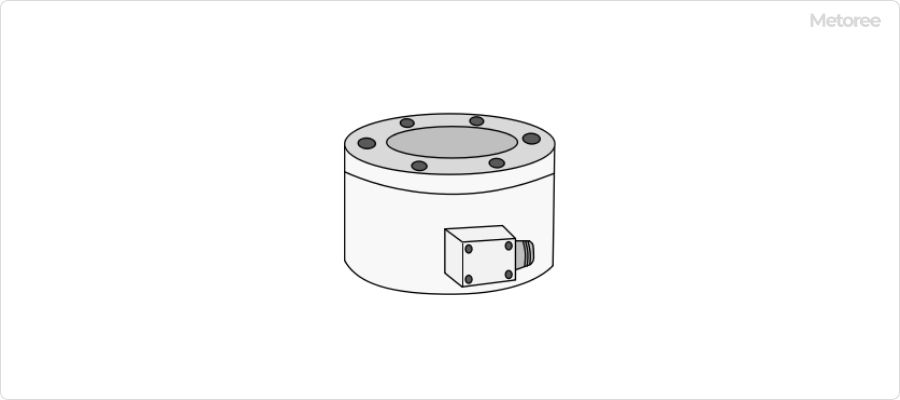
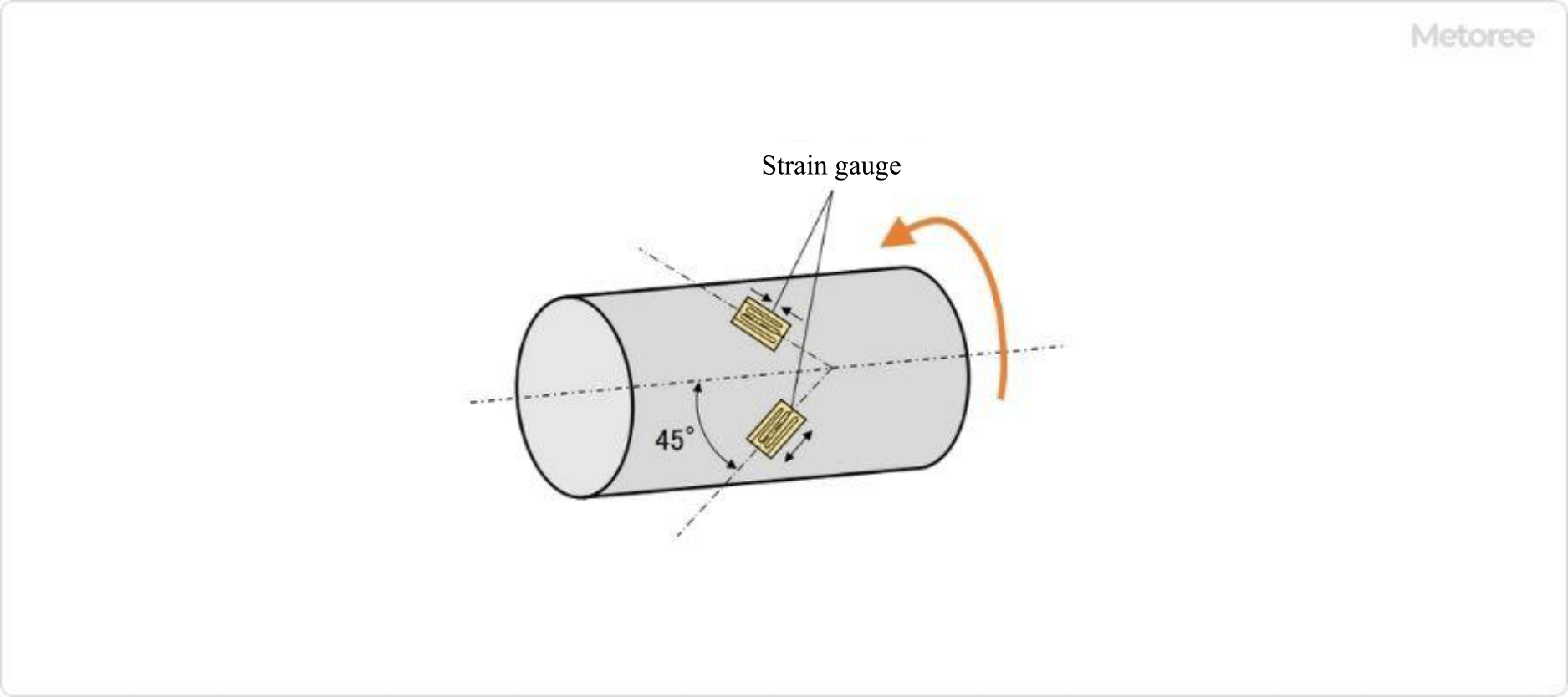
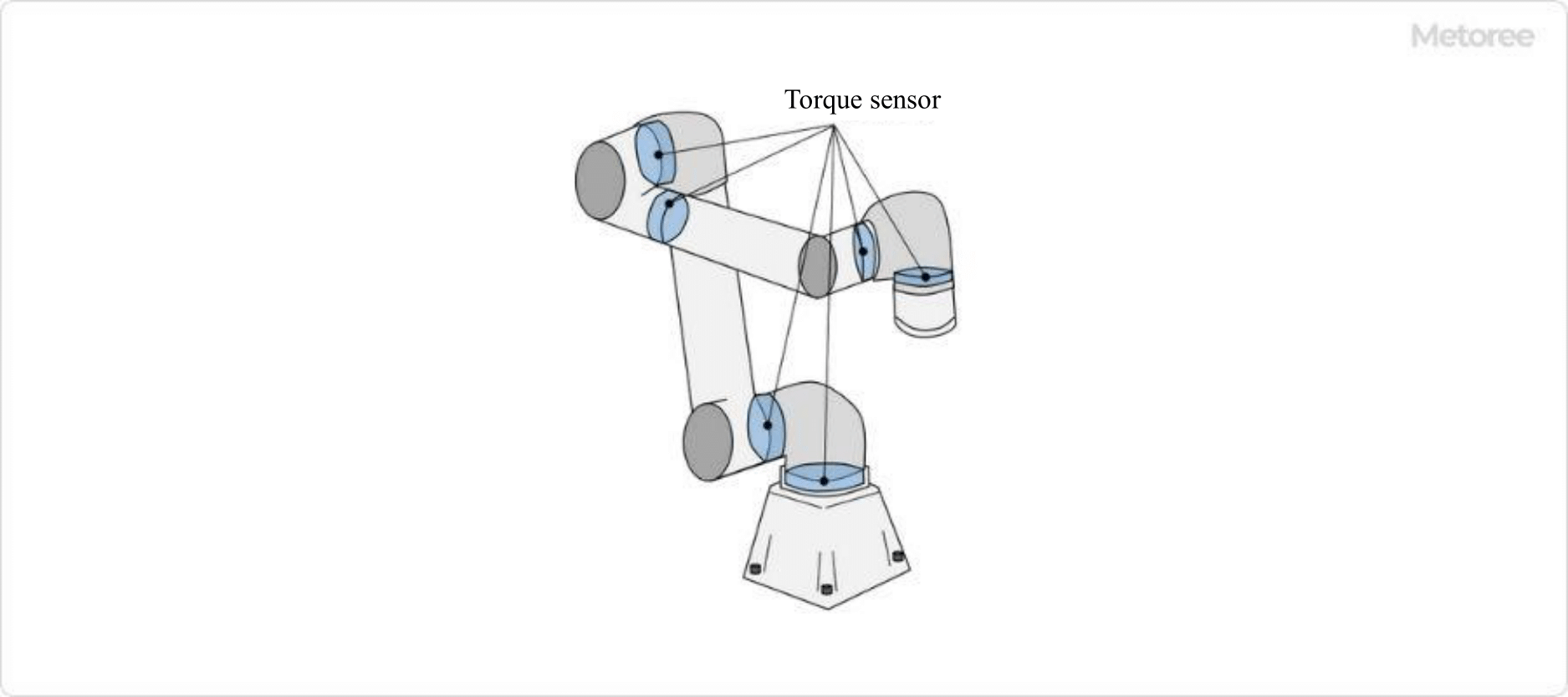
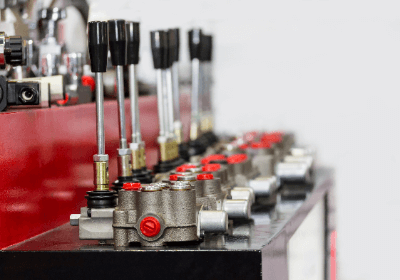
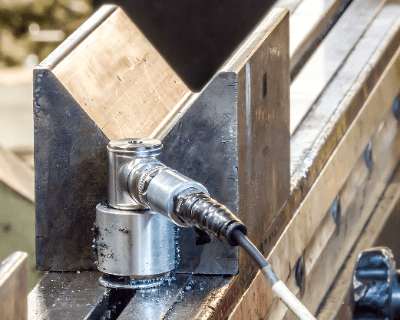
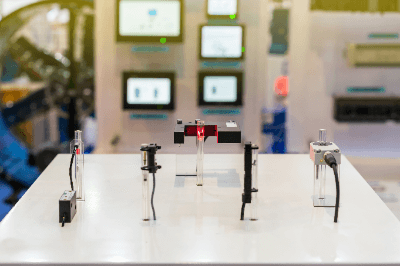 A Photoelectric Sensor is a sensor that detects light.
A Photoelectric Sensor is a sensor that detects light. A power inductor is an element of a coil used in a power circuit among inductors.
A power inductor is an element of a coil used in a power circuit among inductors.